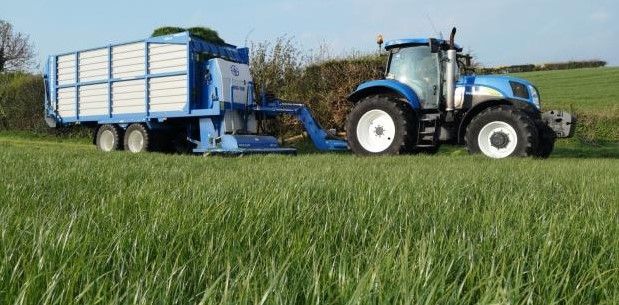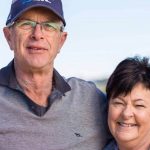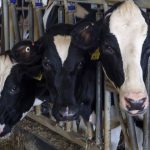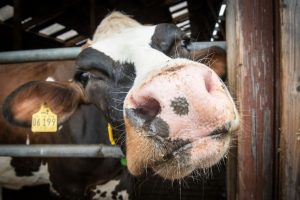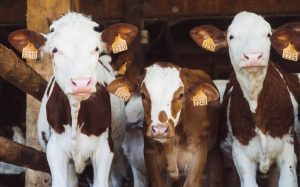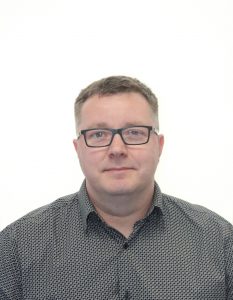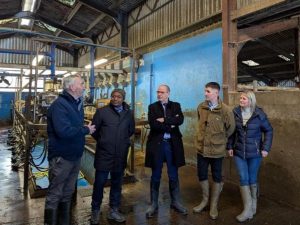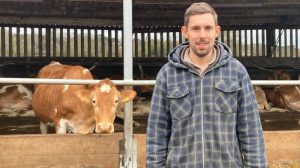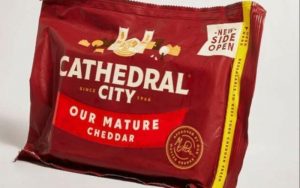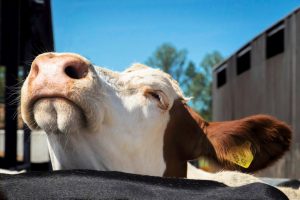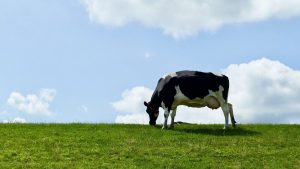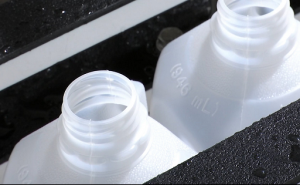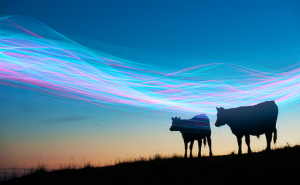
However, that should not make dairy farmers afraid of embracing technology if they can see a clear need for it and if the business model they have adopted can justify the cost.
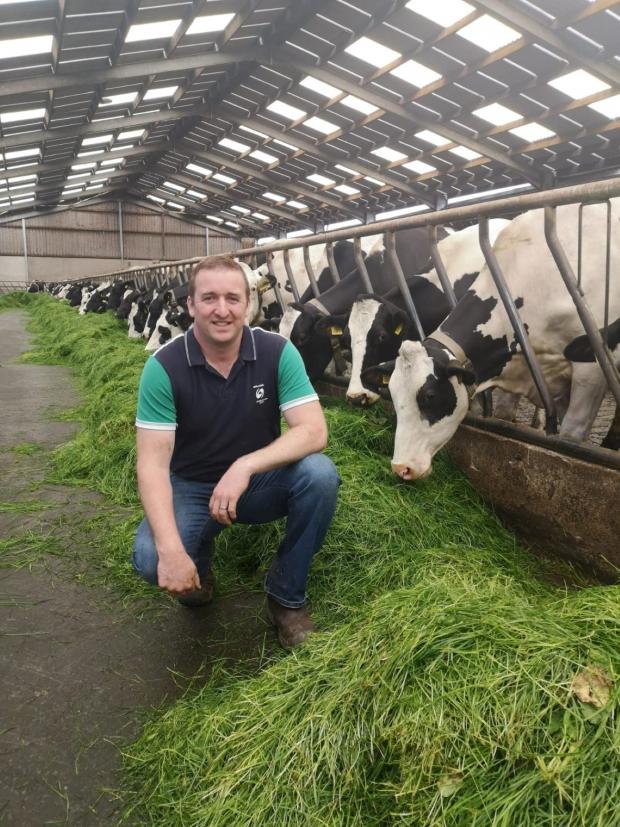
While some farmers run with a ‘make do’ attitude and stick with decades old equipment, others can see outside the box to relate to modern ideas and a new way of thinking.
One such farm in Northern Ireland that has adopted change and has embraced new technology over the years is Brookvale Farm, just outside Dromore, in Co Down.
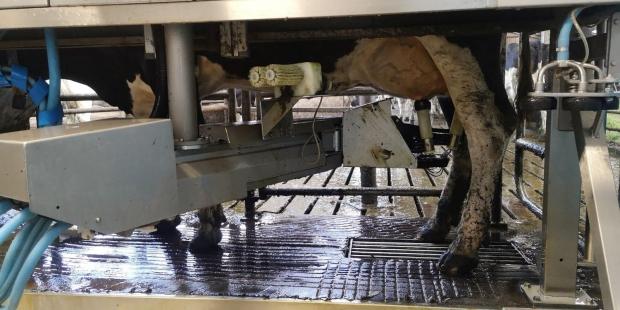
Run by Richard Lilburn, who farms with his father, Thomas, mother Olive and wife, Pamela, the farm comprises of 200 acres with an additional 250 acres rented for their herd of 220 pedigree Holstein dairy cows.
Maintaining a good work life balance is very important to the Lilburns, who use a range of technologies to ensure they have adequate time to spend with their families.
Grass is, without doubt, the cheapest form of feed on a dairy farm but it can work out an expensive commodity if poorly utilised. Maximising milk yields from grass is a key factor in profitable milk production on Brookvale Farm and more so now in a period of difficult milk prices.
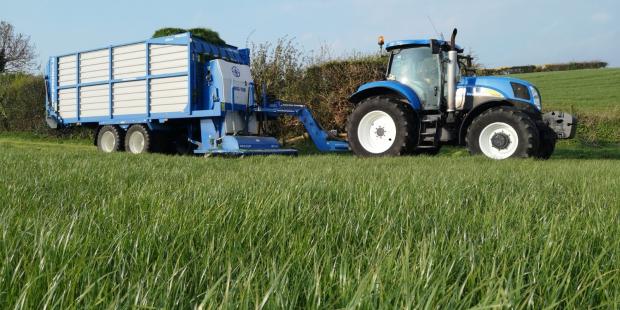
With that in mind, Richard operates a zero grazing system that can achieve dry matter yields as high as 11 tonnes of dry matter per ha (DM/ha), if worked efficiently.
Most traditional grazed grass systems achieve utilised yields of around eight tonnes DM/ha, however at a much lower cost of production compared to zero grazing, given the machinery costs associated with the system.
This way of using grass can be a useful method of grassland management in the specific situation of fragmented farms, of which there are many in Northern Ireland. It provides flexibility in allowing the grass platform to be increased beyond walkable acres and increasing stocking density.
